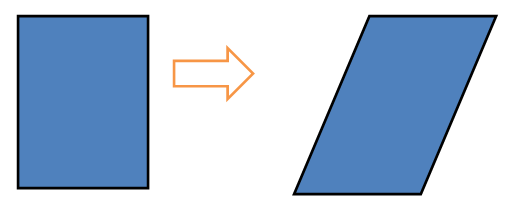Reading about the rowers at Burnaby Lake Rowing Club enjoying the new feel to their boats after their lake had been dredged brought back memories of slogging away on a shallow, weed-infested, tidal river reach that was our training venue. We always reckoned on taking 10s off our 2km race times once we moved onto the much deeper and livelier water of the hydro dam where our National Championships were held. Those first few outings with the boat dancing under us and responding so easily were just magical!
So why is a rowing boat faster in deep water?
Well my physics is shaky so I put the question to the thinkers at rec.sport.rowing and lo! an answer was found, with several factors involved (Thank you Carl Douglas).
Here’s the first:
The proximity of the bottom in shallows increases the shear gradient in the water under the boat, which augments skin friction.’
Hmmm . . . I had to ask a little further to get to the bottom of this one; try this translation:
You may have used ‘shear’ in your Maths class: it’s what you do when you ‘push’ a rectangle sideways to turn it into a parallelogram – the base stays put, the top moves sideways and if you want the vertical height to stay the same (let’s not have the boat sink!), the linking sides stretch.

A rectangle being shoved into a parallelogram
In the same way a boat moving through the water pushes the water as well. The water next to the hull moves at hull speed; the water at the bottom of the lake stays still. The speed of the water in-between decreases the further it is from the boat.
Back to the Maths class: you can plot the speed of the water against its distance from the hull on a graph – the slope of the curve you make is the velocity shear gradient. This is proportional to skin friction.
In shallow water, the distance between the water at hull speed and the water at the bottom with zero speed is smaller – the slope is steeper ie the gradient is greater so the skin friction is greater and you are slowed down more.
In deeper water, there is a larger distance for the speed to reduce to zero – the slope is less steep and so skin friction is also smaller.
Is there another way of looking at it?
My friendly translator offered this: Imagine having two stretchy cords anchoring the boat to the bottom of the lake, one from the stern, the other from the bow – these are the sides of your rectangle. If the boat moves a certain distance the cords are stretched into your parallelogram and pull against the boat.
In deep water, the cords are long and when the boat moves don’t move far from the vertical: the cords don’t have to stretch very much and therefore don’t pull as hard.

Boat pushing the water in deep water
To move the same distance in shallow water with shorter cords, the angle from vertical changes much more and so the cords stretch more and pull back harder.

Boat pushing the water in shallow water
Did that help?
I’ll leave Carl to address the second and third effects in more user-friendly language; in the meantime I wish you deep water or failing that, a love of resistance training!







This Post Has 3 Comments
Very interesting and a great explanation!
The answer here of the change in skin friction is completely negligible—unless one is rowing in water shallower than about 10 cm! Skin friction is effectively constant with depth for depths more than about 10 cm. The main change in boat drag due to changes in depth is that of wave drag.
For Olympic class rowers rowing at about 20 km/hr the maximum wave drag would occur at about depth of 3.1 m. So for world class events the water should be significantly deeper than this 3.1 m. For slower rowing at about 15 km/hr the maximum wave drag is at about 1.7 m depth.
For computational estimates of the various drags see
https://www.researchgate.net/publication/278244457_Impact_Of_water_depth_on_rowing_fairness
Could it be so that pull off gravity below the ship is less because mass of earth has been replaced by water in deep see?